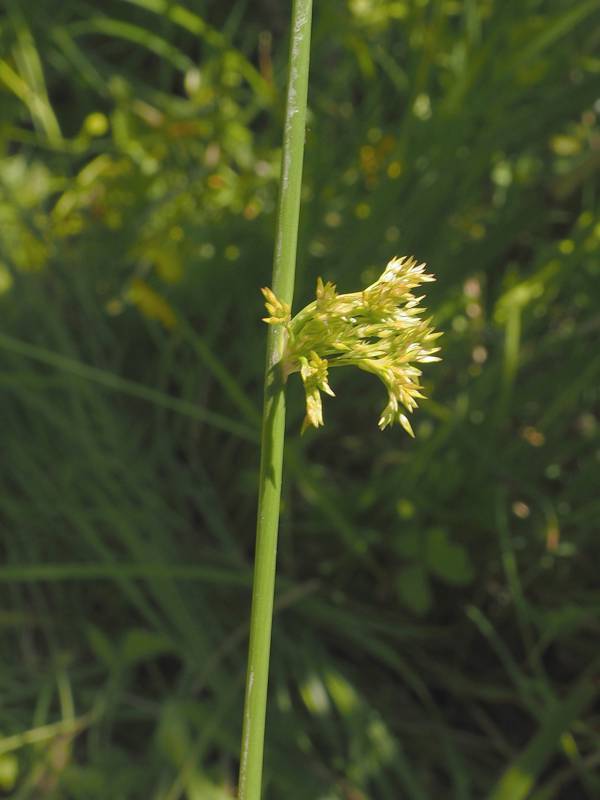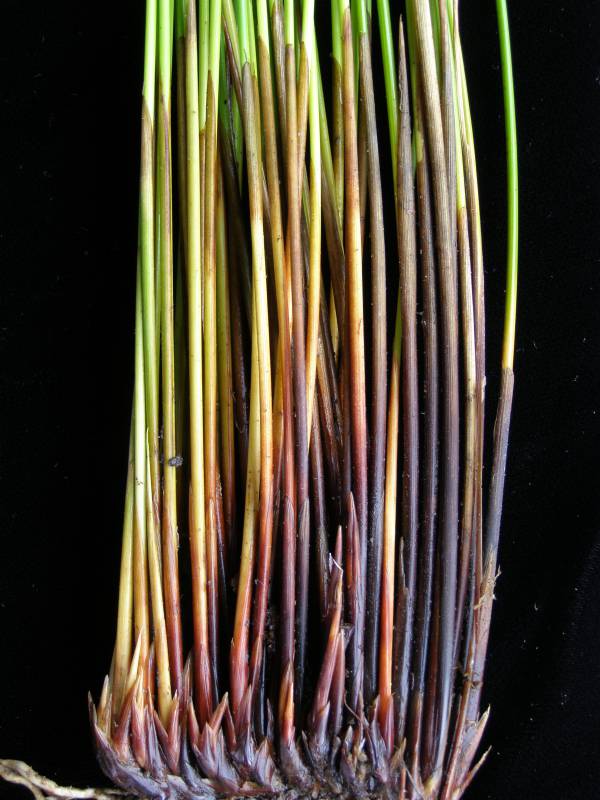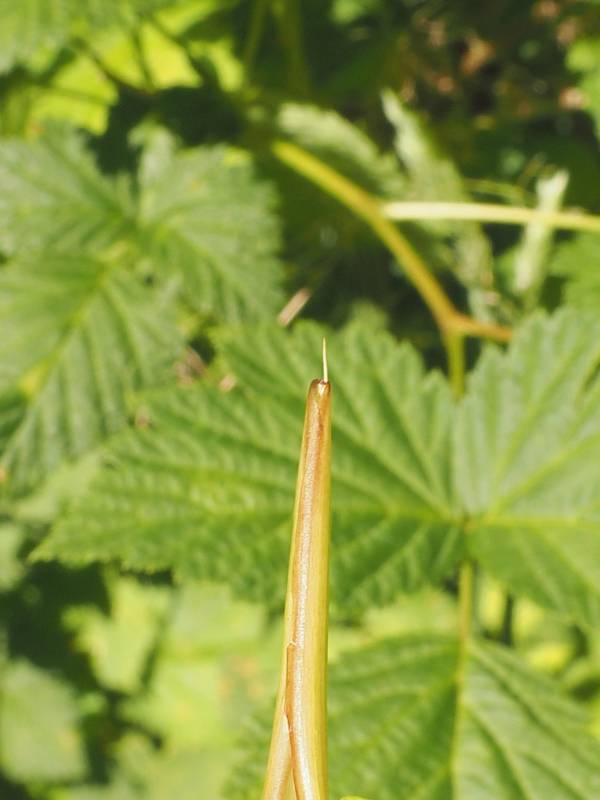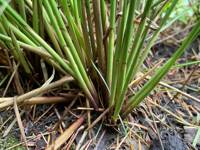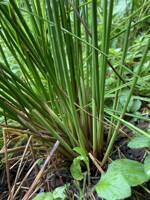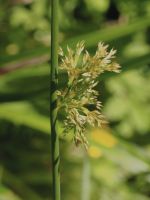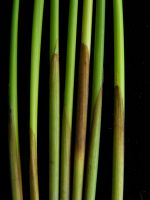Distribution: Occurring west of the Cascades crest in Washington; British Columbia to California.
Habitat: Riparian forest, marshes, shores, peatlands, seeps, and ditches.
Flowers: May-August
Origin: Native
Growth Duration: Perennial
Conservation Status: Not of concern
Pollination: Wind
Cespitose perennial herb; stems to 115 cm, usually 0.8-2 mm broad above sheath, rough when fresh, less than 12 wide ridges per side when dry, with a solid pith.
Blade cylindric; sheath 5-15 cm, papillate base brown and dull, upper half green to light brown, veins gradually converging at broadly asymmetrical winged summit, margins thin and flat, overlapping halfway from base.
Terminal condensed cymes; bracts subtending inflorescence 1-2, rounded to obtuse-ovate.
Tepals 2.3-2.8 mm, mostly pressed against fruit, dark brown to black stripes along midvein, stamens 3, filaments longer than or equal to anthers.
Capsules, approximately 2 mm, 3-chambered with straight internal partitions, oblong and truncate, dark brown to nearly black and shiny; seeds typically 0.5 mm long and 0.2-0.3 mm broad, netted.
Publication: Preslia 74(3): 262. 2002.
PNW Herbaria: Specimen records of Juncus hesperius in the Consortium of Pacific Northwest Herbaria database
WA Flora Checklist: Juncus hesperius checklist entry
OregonFlora: Juncus hesperius information
E-Flora BC: Juncus hesperius atlas page
CalPhotos: Juncus hesperius photos

